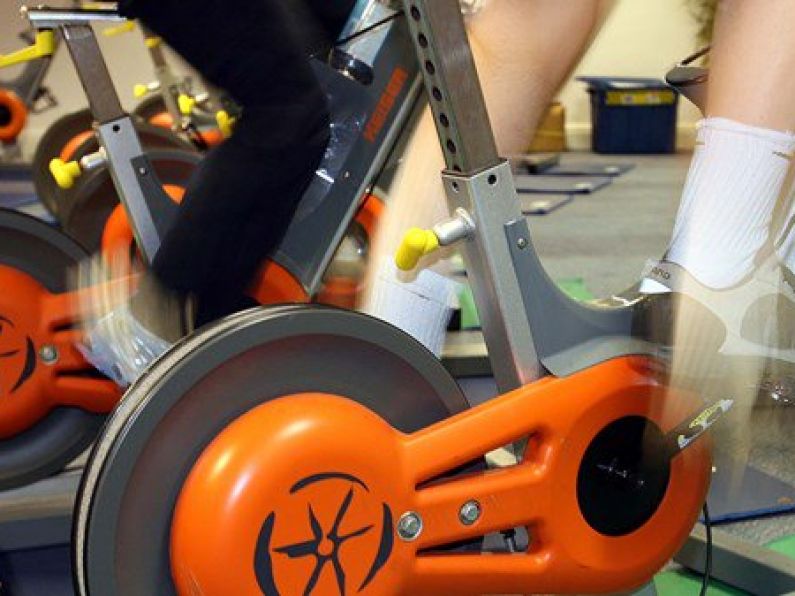A major study compiled from World Health Organisation (WHO) data has found that one-quarter of the global population are becoming less and less active.
It examined data from 358 surveys across 168 countries, including 1·9 million participants.
It pooled data from population-based surveys reporting the prevalence of insufficient physical activity - which included physical activity at work, at home, for transport, and during leisure time.
This is not doing at least 150 minutes of moderate-intensity, or 75 minutes of vigorous-intensity physical activity per week, or any equivalent combination of the two.
It says the global age-standardised prevalence of insufficient physical activity was 27·5% in 2016, with a difference between sexes of more than 8 percentage points (23·4% in men vs 31·7% in women).
Between 2001, and 2016, insufficient activity levels were stable.
In Ireland, the study found that up to 30% (between 20-29%) of Irish men had insufficient physical activity in 2016.While Irish women had up to 40% (between 30-39%) of insufficient physical activity that same year.
The highest levels in 2016 were in women in Latin America and the Caribbean (43·7%), south Asia (43·0%), and high-income western countries (42·3%).
The lowest levels were in men from Oceania (12·3%), east and southeast Asia (17·6%), and sub-Saharan Africa (17·9%).
Prevalence in 2016 was more than twice as high in high-income countries (36·8%) as in low-income countries (16·2%).
While it says insufficient activity has increased in high-income countries over time (31·6% in 2001).
The study, published in The Lancet Global Heath journal, says: "Insufficient physical activity is a leading risk factor for non-communicable diseases, and has a negative effect on mental health and quality of life."
It adds: "Progress towards achieving the global target of a 10% relative reduction of insufficient physical activity by 2025, has been too slow.
"Accelerated action is needed to reverse trends in central and eastern Europe, high-income western countries, Latin American and the Caribbean, and south Asia.
"Policies and programmes are also needed to achieve or maintain low levels of inactivity in other regions and in lower-income countries."













